Archaeological item. It is very important for all treasure hunters to know!
Good mood to you, dear readers of our blog.
Today I propose to discuss one of the most important legal concepts in the field of instrumental search. This is an archaeological object. Why is this legal concept so important? Yes, because in half of all court cases involving diggers, Article 7.15.1 is applied. Code of Administrative Offenses of the Russian Federation Illegal trafficking in archaeological objects. This is especially true for those who sell or buy cop items, have large and valuable collections at home, and also those citizens who exhibit these collections in private museums. But most often this definition is used in relation to citizens who post photos of finds on social networks. The logic is simple: if there is an archaeological object in the photo, then the citizen is engaged in illegal archaeological activities. Let's figure it out together.
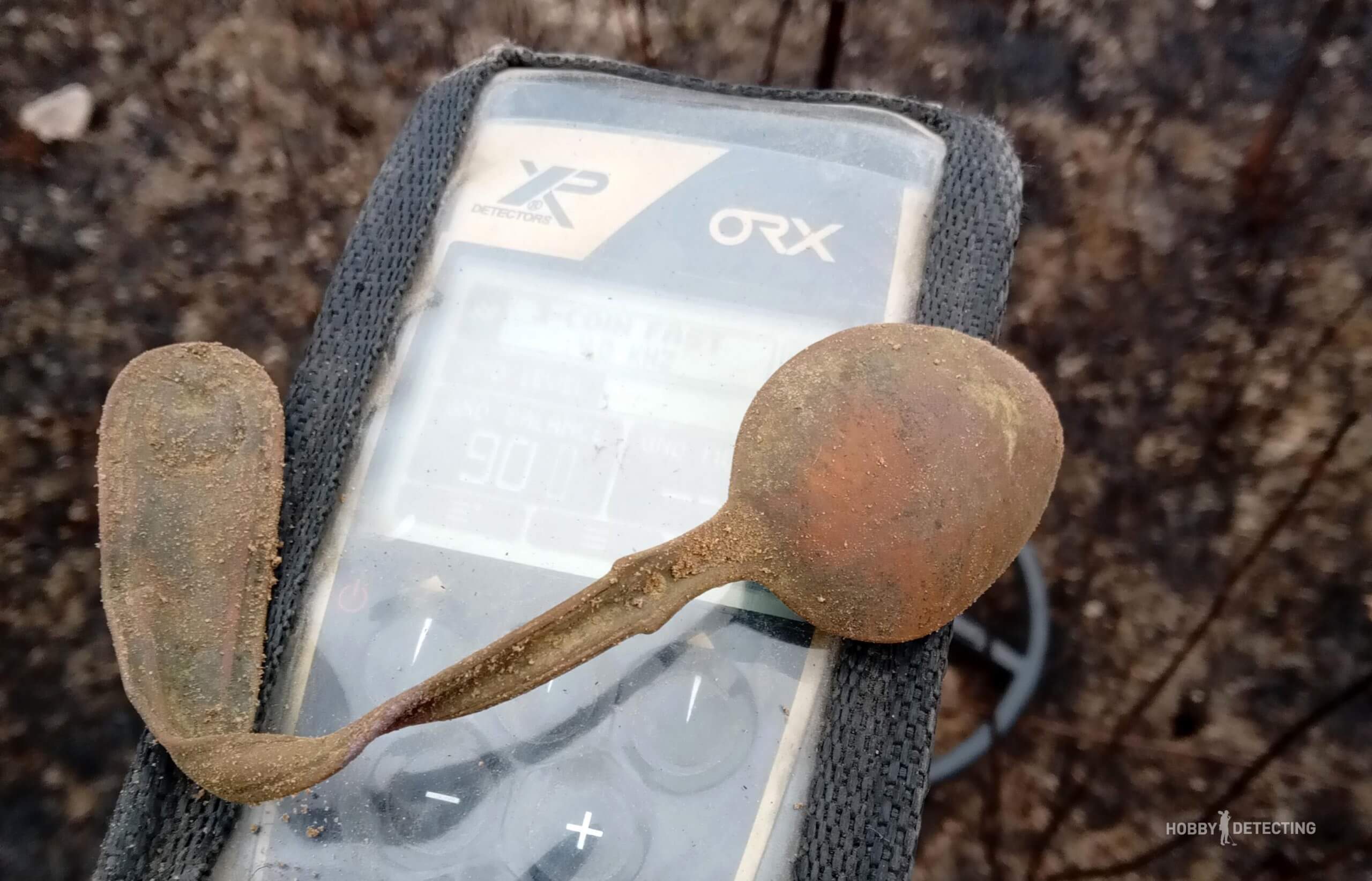
All my conclusions on the wording will be based solely on an analysis of actual judicial practice, with references to specific cases.
Let's start with the law. And he defines an archaeological object as:
movable things, the main or one of the main sources of information about which, regardless of the circumstances of their discovery, are archaeological excavations or finds, including objects discovered as a result of such excavations or finds.
As numerous judicial practices have shown, not a single expert brought in by the prosecution has ever given a clear and direct conclusion that the item seized from the accused is archaeological. Why? Because the law of the Russian Federation does not explain what a source of information is. It turns out that, in essence, recognizing an object as archaeological, the expert must, in his conclusion, indicate scientific works from archaeological excavations, as a result of which similar objects were first discovered. And since we do not have a unified database of archaeological discoveries in our country, 2/3 of the archaeological objects in museums have lost information about the place of their discovery over the years, and it turns out that it is not possible to determine the source of information regarding the seized objects.

The main types of material archaeological sources:
1 – hand chopping stone tool of the Early Paleolithic; 2 — stone drilled ax of the end of the Stone Age; 3 – bronze celt (tip) of the Bronze Age and Early Iron Age; 4-6 – socketed and petiole arrowheads; 7, 8 — daggers of the Scythian era; 9 — bronze cauldron; 10 – 12 – ceramic
vessels; 13— fragment of ceramics with dimpled ornament; 14 — bone harpoon
Legislative paradox. If we accept the concept of an archaeological object , as an object information about which was once obtained as a result of archaeological excavations. In this case, it is necessary to stop all agricultural work on the territory of the Russian Federation. Because it turns out that all arable fields and even vegetable gardens are littered with archaeological objects. Namely, broken ceramics. For example, matting ceramics were identified as traces of the Gorodets archaeological culture as a result of archaeological excavations by Professor Gorodtsov. So it turns out that the presence of an archaeological object on a land plot automatically places this land plot under the protection of the State. Because an archaeological object is the main sign of a cultural layer, and the destruction of a cultural layer is punishable by a criminal offense, hefty fines and confiscation of equipment.
An example of the logic of understanding an archaeological subject. If you find an animal bone on the side of the road, it is just a bone, that is, garbage. If the same bone is found in a Bronze Age burial, or other archaeological site during archaeological work, then this bone becomes an archaeological object. Logical conclusion: an archaeological object is an object identified during archaeological work. But this is just a conclusion not supported by any legislative norms.
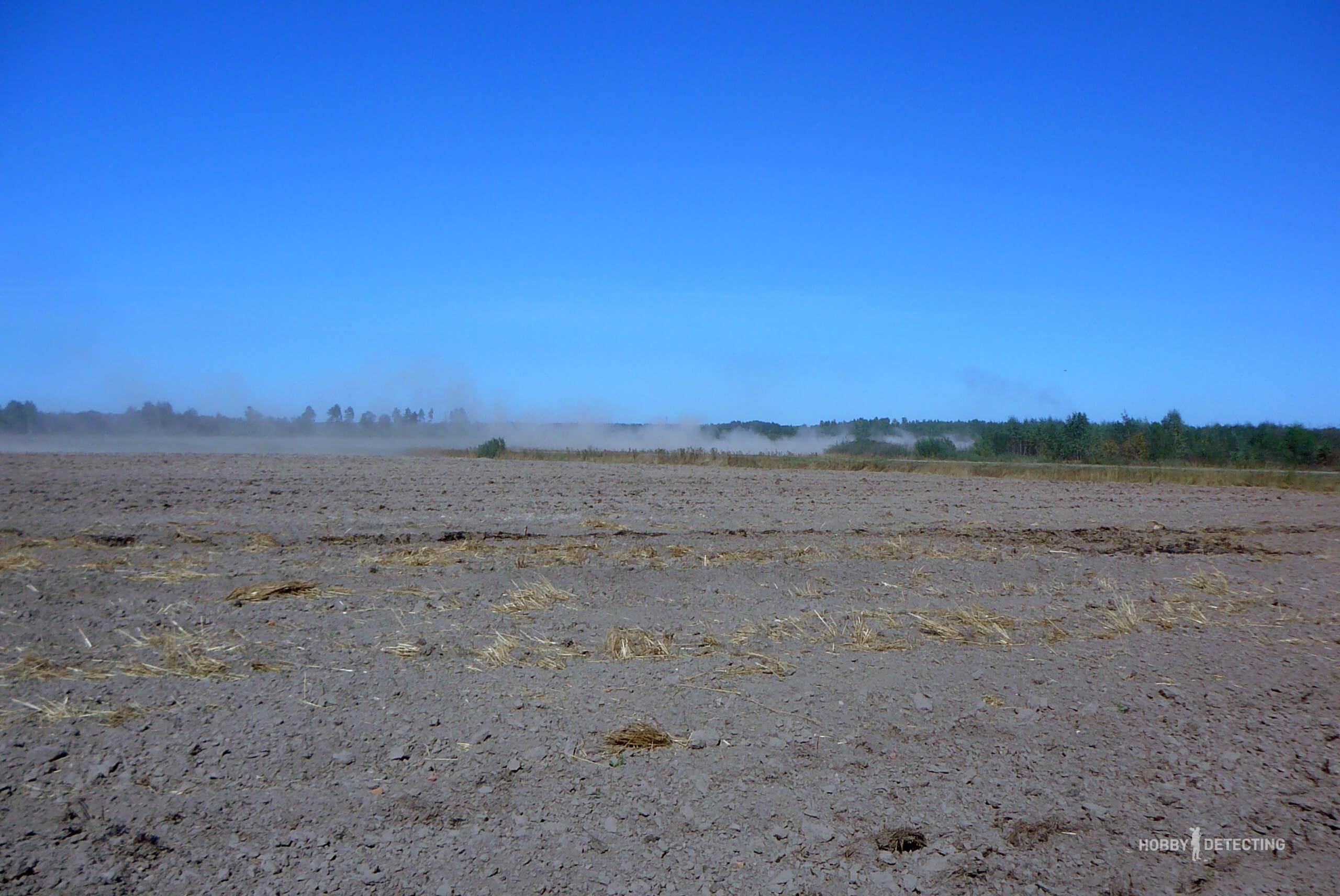
Let's return to judicial practice.
There are three main methods for recognizing objects as archaeological, which are used by investigators for trial.
- Confession of the defendant himself in the case. Everything is simple here, when detaining or conducting a search on a premises, an act of seizure of objects is drawn up and in this act the investigators write the wording “archaeological object.” The citizen is not aware of the nuances, signs the act of seizure without comments or objections, thereby confirming that the objects seized from him are archaeological.
- Involvement of a certain specialist as an expert. These could be museum employees, archaeologists, or officials from the region’s cultural department. Here is an interesting excerpt from a court ruling on the work of such an “expert”. Note that he is not called an expert, but exclusively a “specialist”
Quote: The court has no reason to distrust the conclusion of a specialist who, in his conclusion, confirmed by him at the court hearing, indicated that the objects in question are archaeological, despite the fact that he was presented only with photographs of these objects. The specialist has special knowledge in the field under consideration and has experience in researching similar subjects. Based on certain signs, the specialist confidently explained that the objects depicted on the Internet page are archaeological, representing historical and cultural value.
Practical example. The defense in this case should have protested this conclusion. Because only experts or witnesses are allowed to participate in the court hearing. The rights and powers of which are clearly stated in the legislation of the Russian Federation.
- Involvement of an expert on cultural values certified by the Ministry of Culture of the Russian Federation . And I will dwell on this example in great detail.

Why is the third option the most difficult in the entire topic under discussion? Well, you can understand this for yourself. Regarding the first point, everything is simple: in all primary and subsequent documents, always and everywhere write that the objects are not archaeological. You can, for example, call them souvenirs. These are simple rules of legal literacy. On the second point, everything is just as simple, you need to culturally explain to the volunteer expert (specialist) that there is such an article 307 of the Criminal Code of the Russian Federation “Knowingly false testimony” Since only a certified specialist can act as an expert and it doesn’t matter what kind of work he has in archeology and what there are other merits. Only a person who has passed state certification can be an expert.
Therefore, when I found out that there were such experts (with state certification), I had to spend a lot of time studying this topic. So let’s move on to consideration.
Experts on cultural values.
These experts operate within the framework of the Law of the Russian Federation of April 15, 1993 N 4804-I “On the export and import of cultural property.” During certification, experts can receive one or more specializations. And it is clear that they can act as experts only within the framework of their specialization.
An example from a court case.
Resolution No. 5-464/2020 of May 18, 2020 in case No. 5-464/2020
Briefly, to the point. In an antique shop in the city of Vladivostok, two porcelain plates, presumably archaeological objects, were found on the display window. Operational measures were taken, the plates were seized during the search and a lawsuit was filed against the owner of the shop, accusing her of illegal trafficking in archaeological objects. Article 7.15.1 of the Code of Administrative Offenses of the Russian Federation
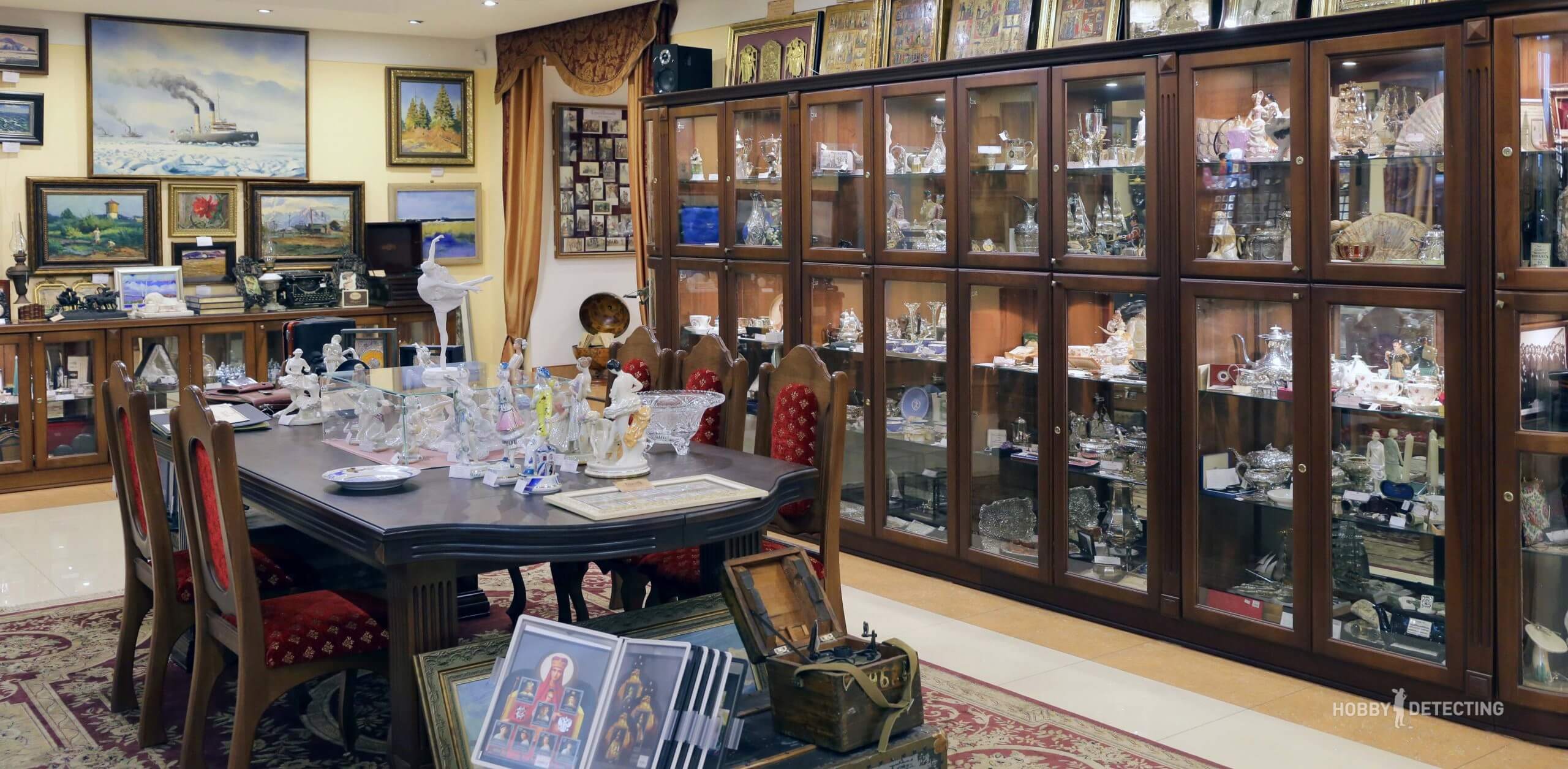
Photo from site raritetdvr.ru
To confirm that these plates are archaeological objects, a certified expert on cultural values of the Ministry of Culture of Russia with a specialization in “Archaeological materials” was brought in. And here is the conclusion given by a respected and certified expert.
“The porcelain plates were recovered from archaeological sites, but could have been imported into the Russian Federation from another country. However, there remains some probability that they could have been extracted from archaeological sites of the Jin and Eastern Xia eras (1115-1234), since products of this type and with such ornaments are found on monuments of this era in the Primorsky Territory.”
The trial itself ended in favor of the defendant. The judge found no evidence that the plates were going to be sold, which means there was no intent to illegally traffic in archaeological objects.
What to do if you suddenly have to deal with a certified expert?
To begin with, understand that these experts have the basis to carry out an examination exclusively within the framework of the Law of the Russian Federation “On the Export and Import of Cultural Property” dated April 15, 1993 N 4804-1. This means that the activity of such an expert is to determine or not determine the cultural and historical value of an object. Determining whether an object is archaeological is not within the authority of this expert.

Scheme of the process of archaeologization and formation of cultural layers (according to Briand and Fagan):
1 – ancient standard of living; 2(1) – archaeological layer of ancient life and the subsequent stage;
3(1, 2) – modern life and two archaeological cultural layers
Experts of this level are very competent people in their field, they know very well the law within which they operate. Therefore, they will never give a clear definition for an object that it (the object) is archaeological. Why? Because, by law, they can only determine whether the item under study has cultural or historical value.
Remember. Any expert is obliged to act not only according to the law, but primarily on the basis of the methodology approved by the relevant department. This applies to any expert activity in the Russian Federation. The expert has no right to give conclusions based on his own opinion or wishes. All his actions are subject to expert methodology.
But there is no methodology for expert assessment and identification of an archaeological object in the Russian Federation. Absolutely no!!!
And what is there???
I am sure this note would not be complete if I did not tell you about how archaeological objects should be defined by law.
Order of the Ministry of Culture of Russia dated January 15, 2019 N 17 “On approval of the Regulations on the Museum Fund of the Russian Federation”
- The procedure for conducting the examination of cultural property and examination of museum objects,
2.6. When examining the object of examination, the commission establishes the following information about the objects of examination: author (manufacturer); date (period) and place (region) of creation; material, execution technologies, technical means used to create the object of examination; place of discovery (for paleontological, archaeological , ethnographic objects); state of preservation.
What is it about?
And here we see that, according to the law of the Russian Federation, an archaeological object can be recognized as cultural value only if the place of its discovery has been established. What does it mean? There are many cases in judicial practice when law enforcement officers detained citizens while trying to sell “archaeological” items. However, the location where these items were found was not established. However, museum experts gave conclusions that the item has great cultural value. With the introduction of the new Order of the Ministry of Culture, such conclusions will be illegal.
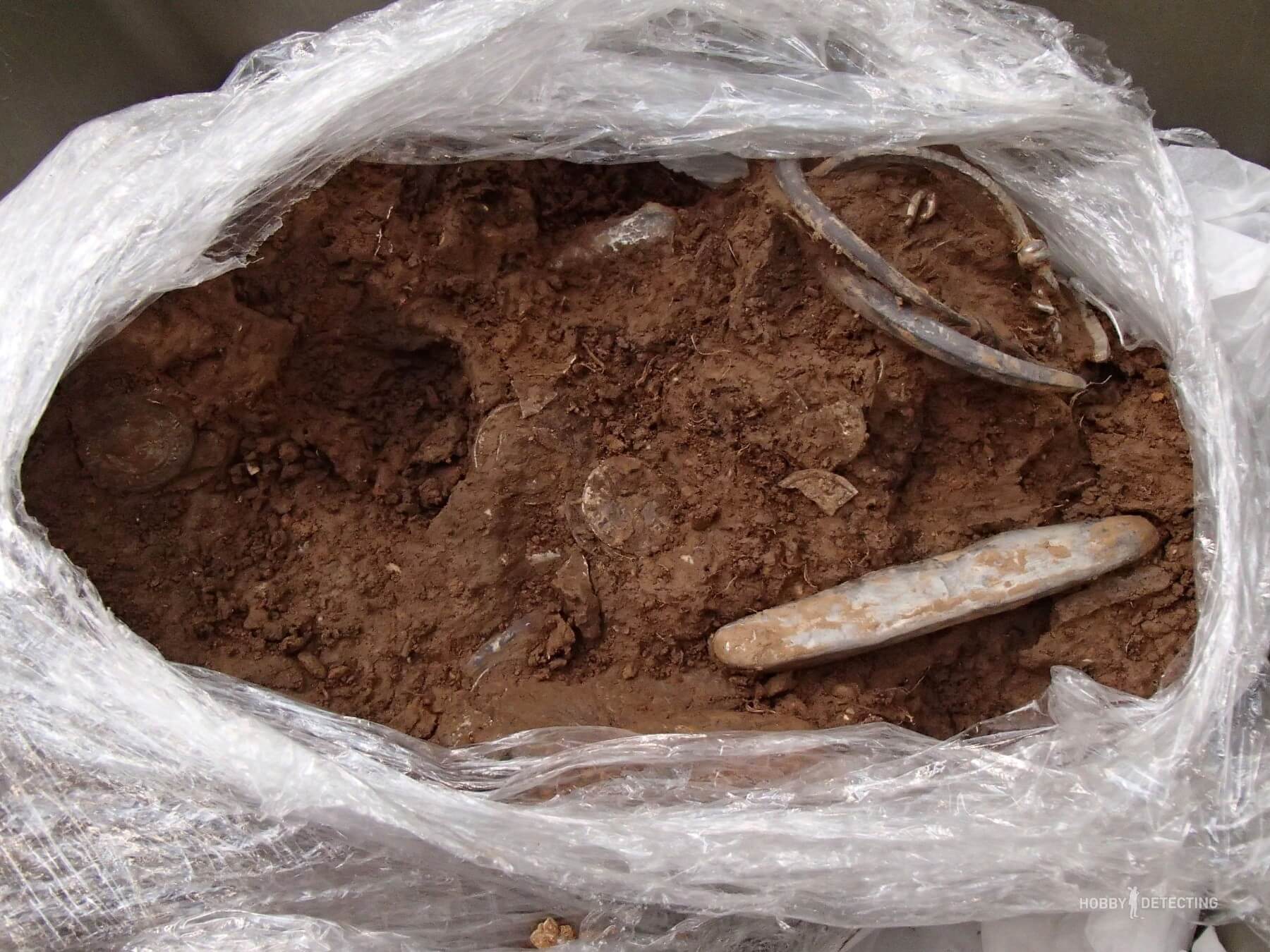
Photo: www.thehistoryblog.com
conclusions
I was unable to find a clear legislative definition of an archaeological subject. Moreover, as it turned out, during excavations, archaeologists recognize only 10% of the total material found as archaeological objects. How this happens and on the basis of what instructions (methodology) should be found out.
World practice and European legislation establishes the concept of an archaeological source (artifact) – an object identified during archaeological work, which is an integral part of the archaeological site and represents scientific information about this object.

Photo: www.thehistoryblog.com
Thank you for attention. If you found this article interesting and useful, I recommend subscribing to our channel. In the archived part of our channel you will find many interesting notes for you.
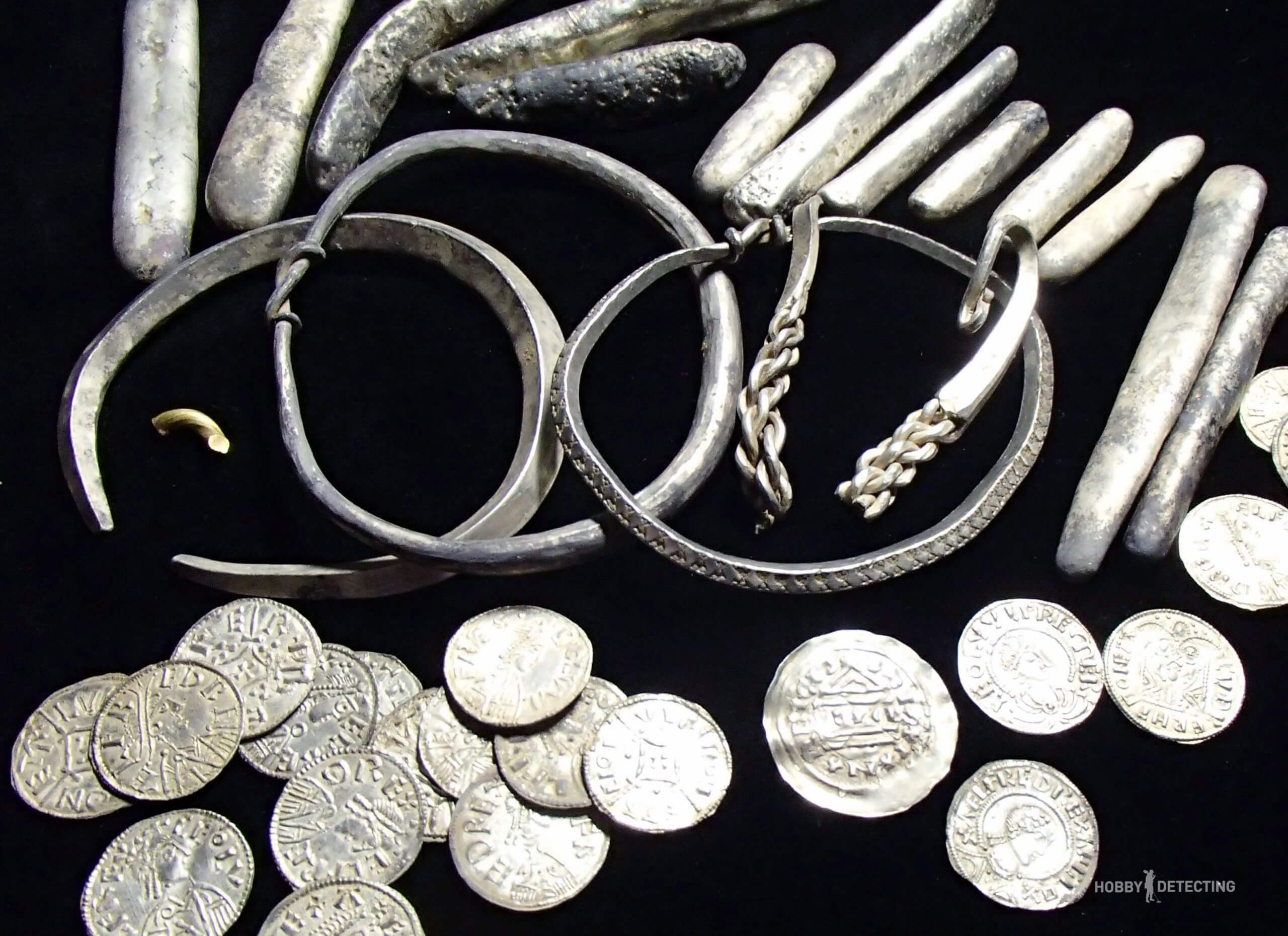
Photo: www.thehistoryblog.com
